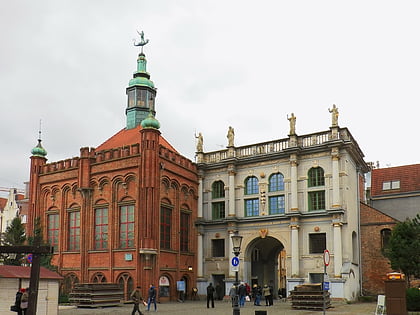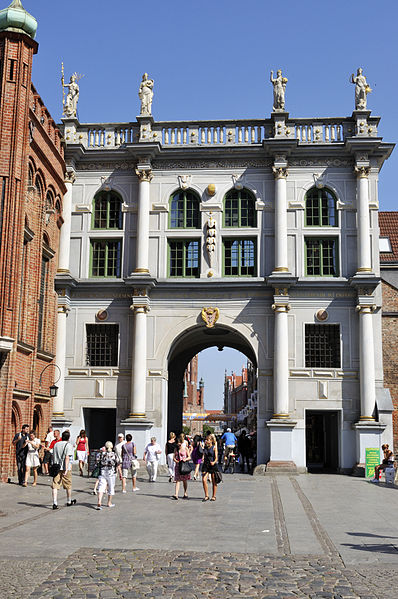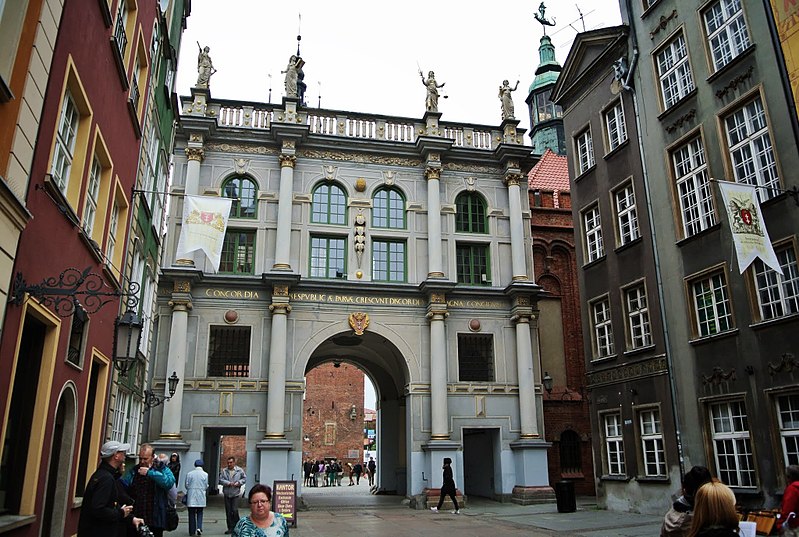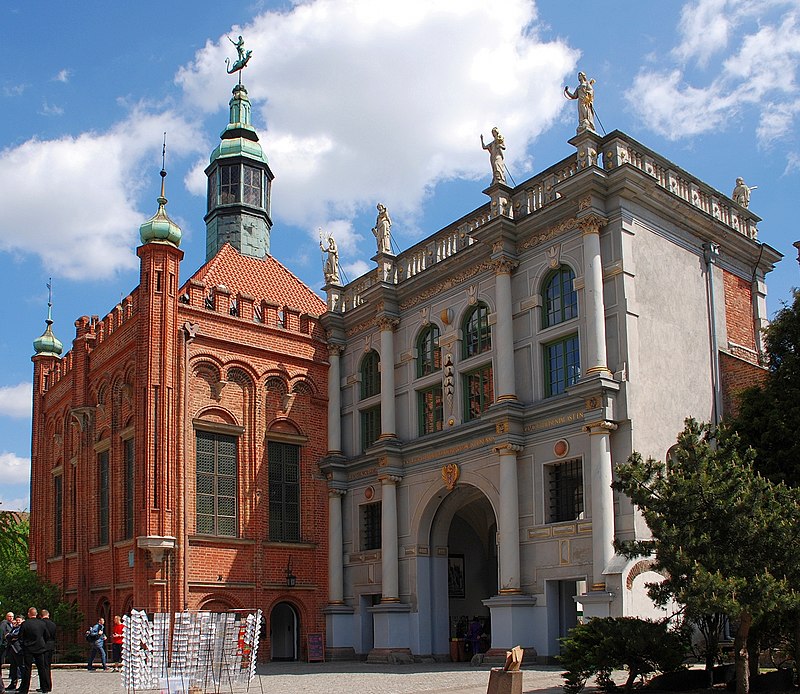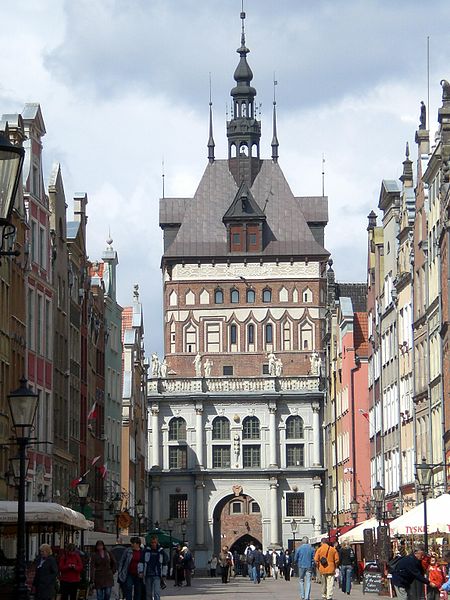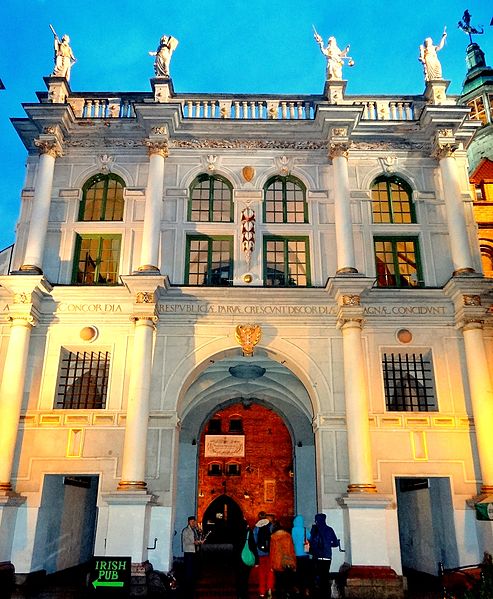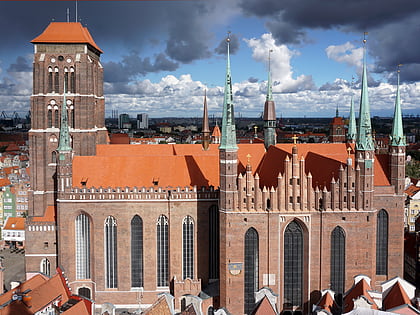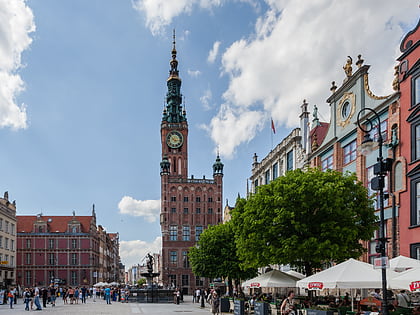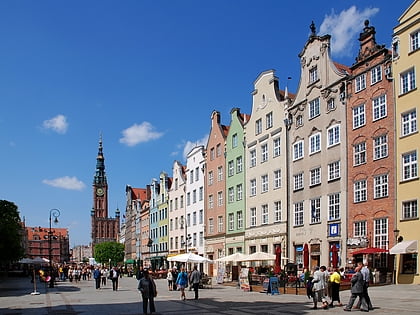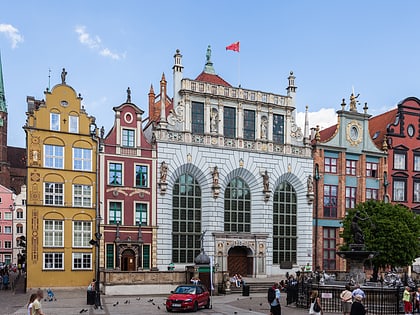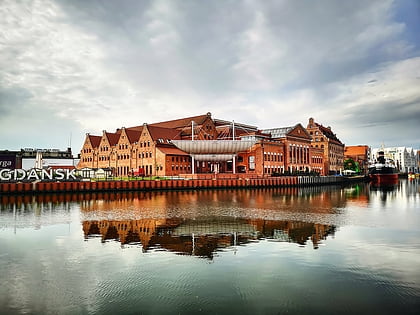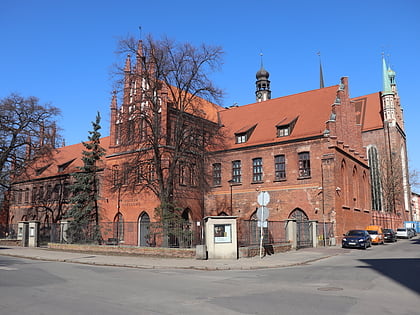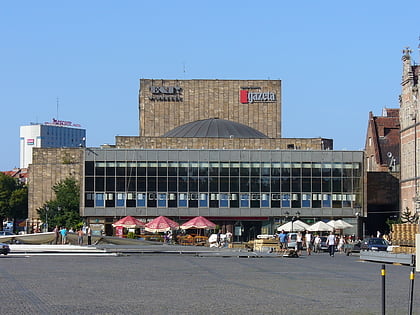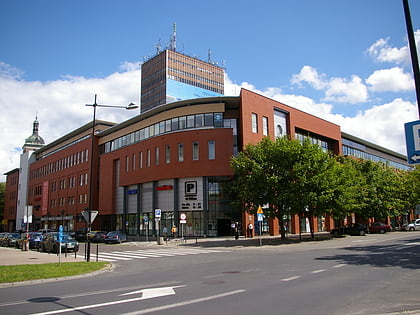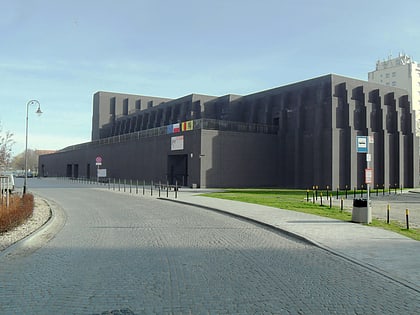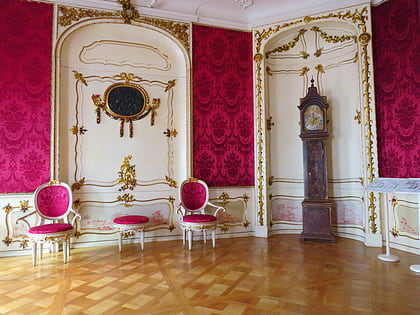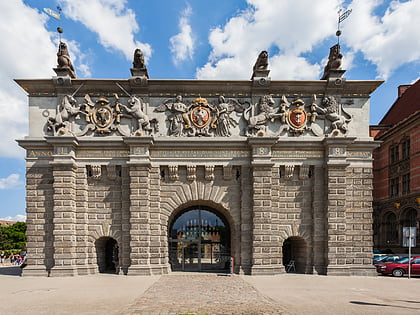Golden Gate, Gdańsk
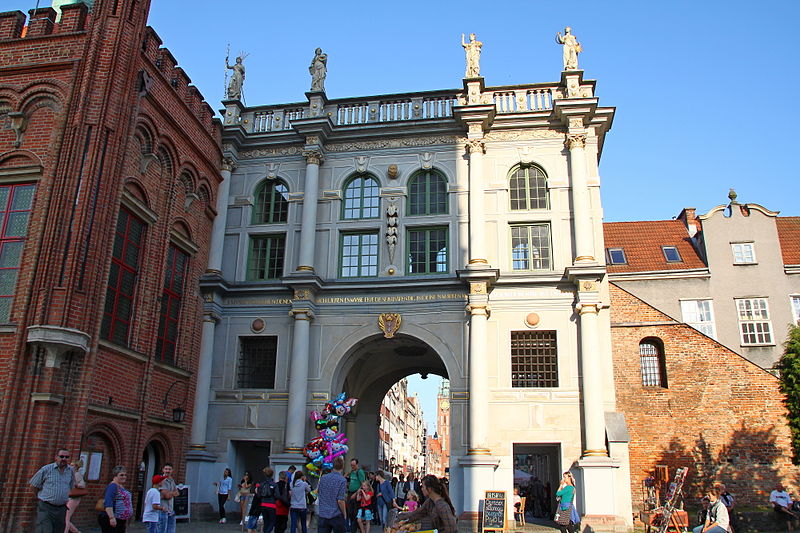
Facts and practical information
The Golden Gate of Gdańsk, Poland, stands as a resplendent testament to the city's rich historical and architectural heritage. This imposing city gate, constructed between 1612 and 1614, replaced a 13th-century gothic gate and now serves as one of the most notable landmarks in Gdańsk.
Designed by architect Abraham van den Blocke, the gate is a fine example of mannerist architecture, adorned with intricate façades and allegorical statues that represent qualities such as Peace, Freedom, Wealth, and Fame. These sculptures not only enhance the aesthetic appeal of the gate but also reflect the values and aspirations of the city during its Golden Age.
The Golden Gate marks the formal entrance to the Royal Route, the path once traversed by monarchs during their ceremonial visits to the city, leading from the High Gate to the Green Gate on the Motława River. The gate's Latin inscription, 'In agreement small republics grow, because of disagreement great republics fall', underscores the importance of unity and cooperation, principles that were vital to the prosperity of Gdańsk.
ŚródmieścieGdańsk
Golden Gate – popular in the area (distance from the attraction)
Nearby attractions include: St. Mary's Church, Main Town Hall, Long Market, Artus Court.
Frequently Asked Questions (FAQ)
When is Golden Gate open?
- Monday 10 am - 6 pm
- Tuesday 10 am - 6 pm
- Wednesday 10 am - 6 pm
- Thursday 10 am - 6 pm
- Friday 10 am - 6 pm
- Saturday closed
- Sunday closed
Which popular attractions are close to Golden Gate?
How to get to Golden Gate by public transport?
Bus
- Katownia • Lines: 100 (2 min walk)
- Teatr Szekspirowski • Lines: 100 (3 min walk)
Tram
- Brama Wyżynna • Lines: 2, 3, 6, 7, 8, 9, N0 (3 min walk)
- Okopowa • Lines: 68, 8, 9 (5 min walk)
Train
- Gdańsk Śródmieście (7 min walk)
- Gdańsk Główny (13 min walk)
Ferry
- Zielona Brama • Lines: F5 (9 min walk)
- Targ Rybny • Lines: F5, F6 (13 min walk)
